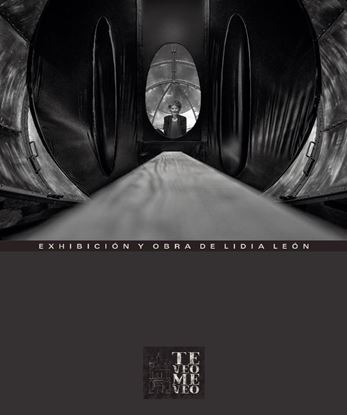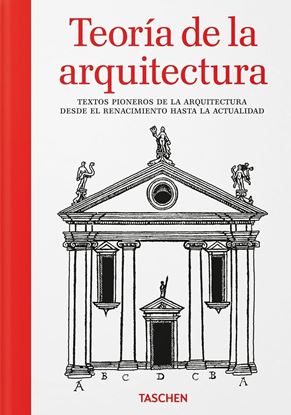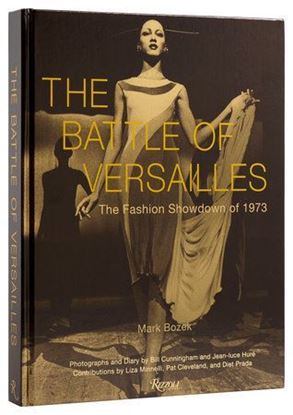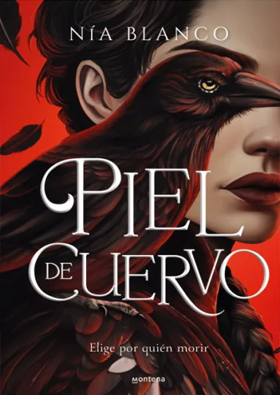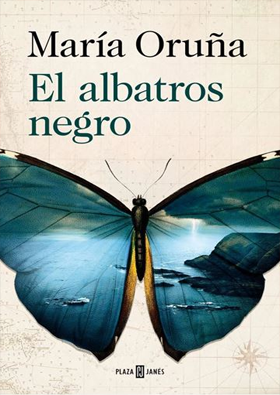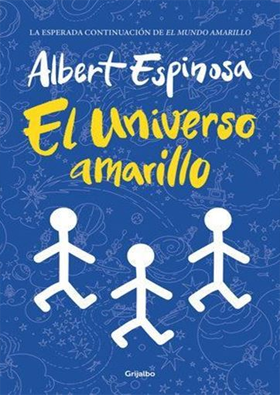

TAYLOR SWIFT... ESENCIAL
El ascenso meteórico de Taylor Swift al estrellato es la historia de este siglo.
Taylor ha dominado la industria musical desde sus inicios como sensación adolescente de la música country hasta convertirse en un fenómeno global del pop.
Es la primera mujer con cuatro álbumes en el Top Ten de la lista Billboard de forma simultánea, y ha recibido catorce Grammy Awards y cuarenta American Music Awards.
850
680
TE QUIERO.NO ME JODAS. COMO ESCRIBIR DI.
La mayoría de los manuales de guion son, en palabras del autor de este libro, «como los gritos constantes que el entrenador le pega aljugador infantil, y que más que situarlo mejor ante el desafío quetiene delante, lo llenan de inseguridad. No digo que sean maloslibros. Ni mucho menos. Algunos son textos formidables (?). Entonces,¿cuál es el problema? Que no hablan del proceso». Esos manualesacostumbran a dar mucha información y consejos para alcanzar un buenresultado, pero se olvidan de mostrar cómo se ha llegado hasta ahí:los errores que se convierten en aciertos y los aciertos que acabansiendo errores; los diálogos que cierran posibilidades, los que abrendemasiado el campo, los que definen bien a un personaje, pero plantean dudas sobre si podrían ser mejores?-Te quiero -No me jodas explica cómo se crean diálogos, pero no puedecrear guionistas.
1,500
1,200
TEORIA DE LA ARQUITECTURA. (T.P.)
Esencia estructural
Los tratados de arquitectura que dieron forma a nuestro mundo
Si alguna vez se ha preguntado en qué piensan los arquitectos cuando proyectan un edificio, le encantará saber que no falta material brillante de lectura para satisfacer su curiosidad. Aunque una incursión en los archivos de la biblioteca de su ciudad seguramente le resultará muy provechosa, no le proporcionará la satisfacción inmediata que obtendrá con esta obra.
2,850
2,280
THE BATTLE OF VERSAILLE
The first illustrated book to chronicle the dramatic 1973 face-off between French and American fashion designers, which left an indelible mark on the fashion industry, launched American designers as a global force, and challenged the cultural norms of the time.
Images from the archives of renowned fashion photojournalists Bill Cunningham and Jean-luce Huré—largely unseen until now—capture the behind-the-scenes drama, fabulous clothing, iconic models, and glamorous guests at this historic show.
4,995
3,996




